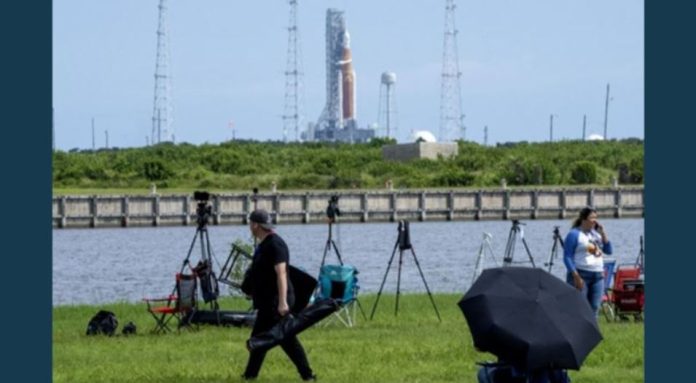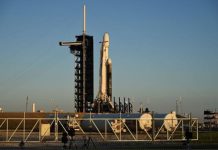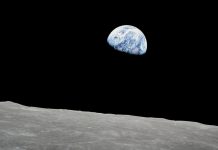
Sept. 3 (UPI) — After hours of attempting to fix a hydrogen fuel leak in the Space Launch System rocket, NASA announced it’s scrubbing the Artemis I mission launch for a second time this week.
And for the second time, a leak was to blame.
The agency originally planned to launch the uncrewed Artemis I no earlier than 2:17 p.m. EDT from Launch Complex 39B at NASA’s Kennedy Space Center in Florida.
Mission officials detected a liquid hydrogen leak around 7:15 a.m. in the quick disconnect cavity. This is what feeds hydrogen in the engine during the Space Launch System’s core stage.
During a troubleshooting session Saturday morning, engineers were unable to plug the SLS leak. NASA commentator Derrol Nail said engineers warmed up the area where an 8-inch liquid hydrogen fuel line enters the propellant tank. They then pushed super-cold propellant through to seal the leak.
They also attempted to depressurize the line, Nail said, according to Space.com.
NASA paused its countdown clock for at least 30 minutes to address the leak. CNN reported it’s unclear how much of a delay the issue will cause. It’s possible engineers will be able to make up the time later.
The mission plans to fly an un-crewed Orion capsule to the moon, orbit and then return to Earth.
Once there, the spacecraft will enter Distant Retrograde Orbit, a long-distance orbit that will send Orion 40,000 miles past the moon. NASA said this plan will send Orion farther away from Earth than any previous spacecraft built to carry humans.
After being in DRO for several days, Orion will resume a closer orbit of the moon, before using the moon’s gravity and its own engines to head back to Earth.
The Artemis I mission will provide data on how the rocket performs in deep space and will ultimately pave the way for future crewed flights around the moon and to the lunar surface.
Eventually, the Artemis program plans to return humans to the moon for the first time since 1972. NASA aims to send the first crewed Artemis mission to the moon in 2025.
That first crewed mission, Artemis III, is expected to put the first woman and person of color on the lunar surface.





